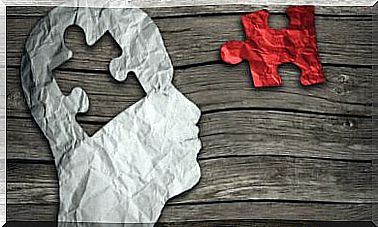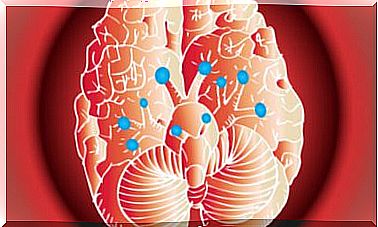Neuropsychological Rehabilitation, What Variables To Take Into Account?
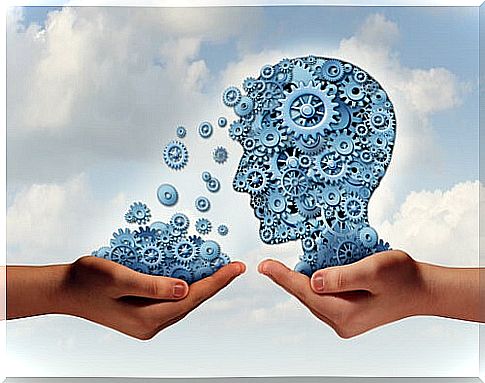
Currently, neuropsychological rehabilitation is gaining prominence in health services due to its usefulness in traumatic events related to the brain. It must be emphasized that the rehabilitation process is vital to give the person more autonomy and, therefore, a better reintegration into society.
There are multiple aspects that must be taken into account when choosing the neuropsychological rehabilitation plan. Each of them can affect both the development of the therapy and its results. But what are those variables?
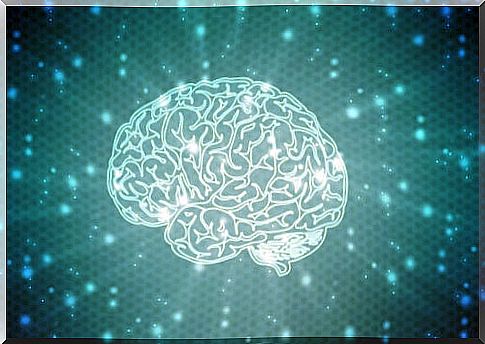
Injury variables related to neuropsychological rehabilitation
First, there are the injury variables. They highlight aspects directly related to the damage that the patient received. Above all, in the direct affectation that brain structure and function may have.
Location
One of the aspects that must be considered is the location or the reason why the brain damage occurred. Among the main causes are: head trauma, stroke, brain tumors or infectious diseases that affect the brain.
It is important to mention that stroke can have two main variants.
- On the one hand, the ischemic, which consists of the obstruction of one or more arteries of the brain. When there is this type of damage, the main affectation occurs in the white matter.
- The other variant is hemorrhagic, which results from a ruptured artery. As a result, it generates a blood spill and therefore shows more affectations in the gray matter.
On the other hand, head trauma (TBI) can also be classified into two types.
- The first is open TBI, in this case the lesions can become more focal, affecting more specific parts of the brain.
- Second, we find the closed TBI, in this case the lesions tend to be more diffuse.
Identifying the origin and location of the injury is important to know both the affected and preserved parts. These will be the basis for guiding and developing the most appropriate strategies and activities in neuropsychological rehabilitation.
Intensity
The severity of the injuries in many cases modulates the importance of the consequences. One of the measures used to determine the level of intensity is the duration of amnesia after damage. That is, the amount of time it takes for a person to remember that they suffered brain damage and that they are in the process of recovery.
Another way to measure the intensity of the injury is through the Glasgow scale at the time of hospitalization. This questionnaire measures the level of consciousness through the ocular, verbal and motor responses of the person who has suffered the damage.
His ideal score is 15 points, which is what a person would get without harm. On the other hand, people with scores of 3, 4 and 5 have shown problems developing independence in the future.
Time of evolution
The period of evolution is related to the time it takes the patient to begin to show improvement. In this case, it is important to take into account the space between the injury and the start of treatment.
Therefore, a rapid start of neuropsychological rehabilitation is relevant . When the improvement occurs in a short time, it is considered that the affectation is mild. On the contrary, when the recovery time of the person is much longer, it is considered that the affectation is serious.
Personal variables
These variables are important to know the bases that the patient developed before the injury. This aspect can benefit the planning of long-term goals in neuropsychological rehabilitation. Both the functional status before the injury and the characteristics of the patient must be taken into account.
The first personal variable that is taken into account is age. In adults it has been found that youth, as in other types of injuries, favors recovery. That is, the results of neuropsychological rehabilitation are generally faster when patients are younger.
Another variable that must be taken into account is the cognitive reserve, since it works as a neuroprotective. It has been found that people with a higher level of education have a greater number of neural connections. As a consequence, a more complete functional compensation is created. This helps make symptoms less limiting and neuropsychological rehabilitation more effective.
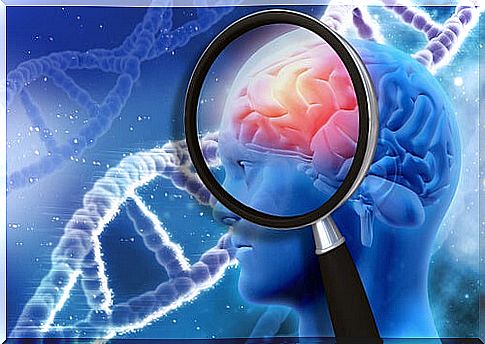
Contextual variables in neuropsychological rehabilitation
Contextual variables are related to the environment in which the patient lives after having suffered brain damage. Likewise, the support that people have during the neuropsychological rehabilitation process is taken into account.
The first factor is the family. On the one hand, they are what provide information about the development of the patient in different contexts. Also, they will help the intervention have a continuity between what is done in therapy and what is done at home.
They help when they promote independence and enhance patient motivation. All this makes it easier for the rehabilitation process to generalize to all daily activities. Likewise, your intervention can be very important in transferring the achievements made in therapy to daily life.
The rehabilitation team is also a variable. In this case, both the environment in which they work and the behavior of the professionals must be taken into account. A positive attitude, both from the team and the patient, will always improve the prognosis. In other words, the work will be more effective.
conclusion
Finally, it is important to indicate that the rehabilitation process must be carried out by a professional team ; on the other hand, in this period different variables or factors also come into play that will condition or influence the result.
For the process to develop properly, the patients, the family and the rehabilitation team must be comfortable and satisfied with the intervention proposal. This helps to have a suitable environment, activities according to the needs and a good adaptation in daily life.



